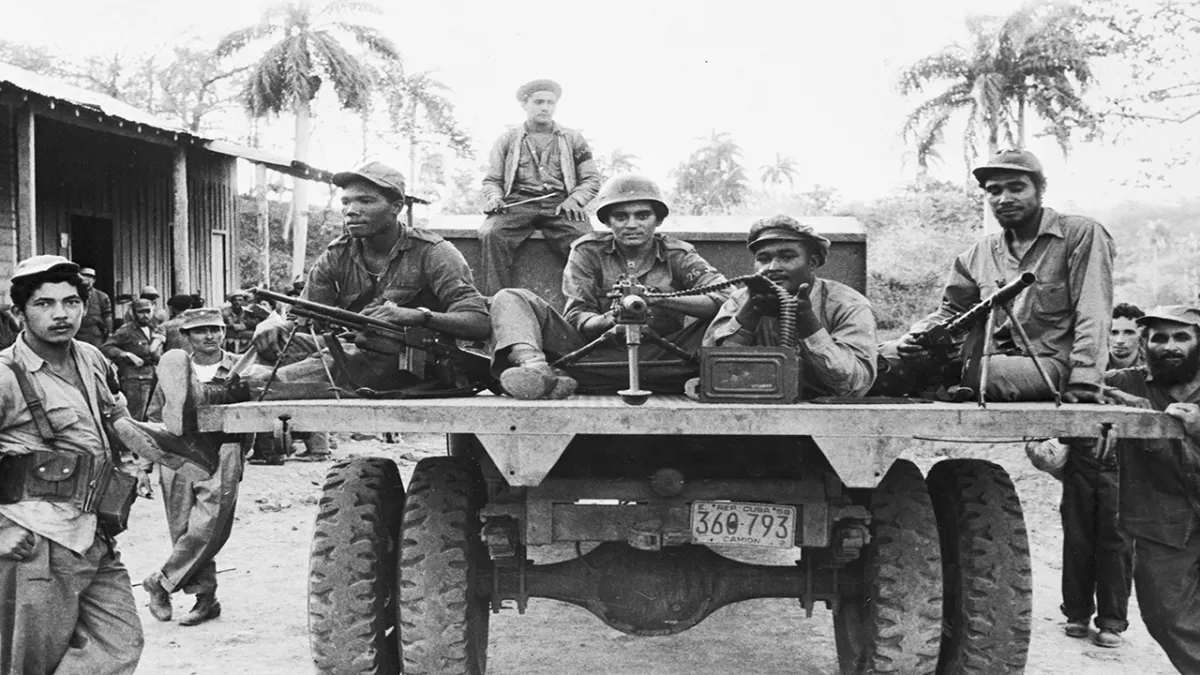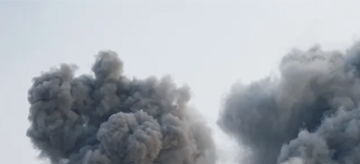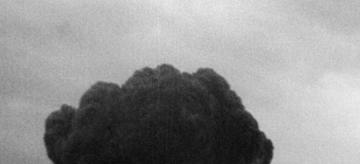Eight “Hot Wars” During the Cold War
The United States and the Soviet Union never directly clashed, but the Cold War was far from bloodless. From Cuba to Korea, explore the proxy wars these superpowers fueled in this historical resource.
Did the Cold War really stay cold? Honest answer: yes and no.
It’s true, a direct attack between the United States and Soviet Union never occurred. But the two superpowers did fight indirectly around the world, fueling several lengthy and brutal conflicts. Those conflicts, also known as proxy wars, entailed the United States and Soviet Union providing political, financial, and military support to friendly governments.
The Soviet Union often backed governments and groups that promoted communism, a system where government officials control the economy and many other parts of life in a country. In contrast, the United States generally backed those promoting democracy and capitalism, systems in which individuals have more control over political and economic decisions.
The scale of U.S. and Soviet involvement in those conflicts varied dramatically, from all-out invasions to limited covert aid. Yet as a whole, the “hot wars” of the Cold War claimed the lives of millions and resulted in political quandaries still apparent today.
To better understand those conflicts and why the United States and Soviet Union got involved, let’s examine eight of the Cold War’s most important “hot wars.”



